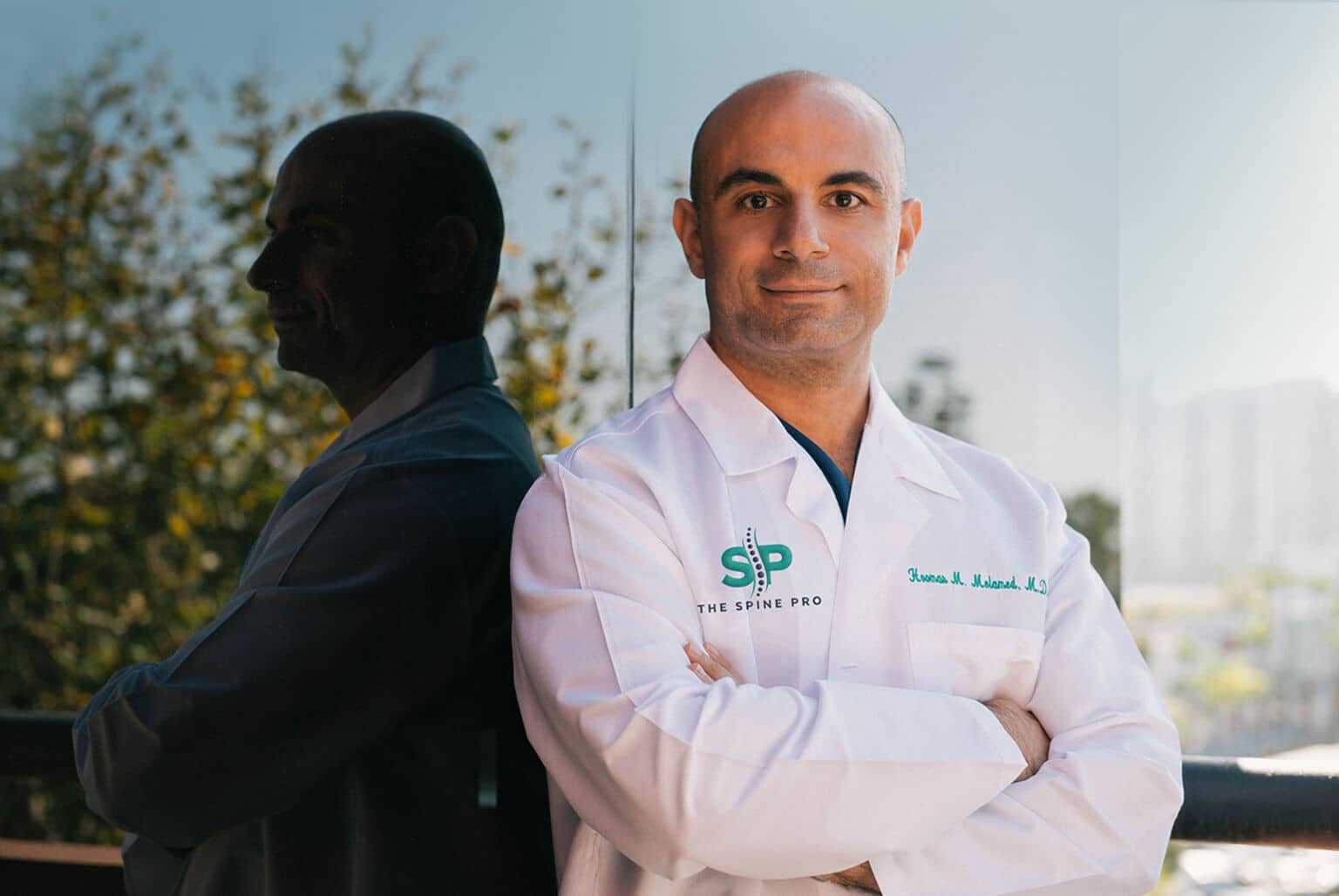What is Lumbago and How Do You Treat it?
Lumbago, also known as lower back pain, is a common condition that affects millions of people worldwide. It is characterized by pain, stiffness, and discomfort in the lower back region, which can vary in intensity and duration. Although lumbago can be a temporary condition, it can also become chronic, affecting a person’s quality of life and ability to perform daily activities.
Common Causes of Lumbago
Lumbago can be caused by a variety of factors, including:
Poor Posture: Sitting or standing with a slouched back or shoulders can put undue stress on the lower back muscles, leading to pain and discomfort.
Repetitive Strain Injuries: Using improper form when lifting heavy objects repeatedly or performing repetitive tasks can lead to strains and sprains in the lower back muscles.
Herniated Discs: Discs in the spine can bulge or rupture, resulting in pain and pressure on surrounding nerve roots.
Osteoarthritis: Osteoarthritis is a degenerative joint disorder that can lead to inflammation of the joints and pain in the lower back region.
Sciatica: Irritation of the sciatic nerve, the longest nerve in the body, can cause pain that radiates from the lower back to the legs.
Spinal Stenosis: This condition occurs when the spinal canal narrows, leading to compression of the nerves.
Osteoporosis: This condition is characterized by fragile bones and can lead to pain in the vertebrae of the lower back.
Infections: Infections of the bones, discs, and/or spinal cord can cause severe back pain. The most common types of spinal infections include osteomyelitis (bone infection) and discitis (infection of the discs between the vertebrae).
Tumors: Rarely, lumbago can be caused by a tumor in the spine.
Treatment Options for Lumbago
Treatment for lumbago often depends on the cause, but some general therapies may be used. These include:
Pain Medication: Over-the-counter or prescription pain medications can help reduce inflammation and provide relief from discomfort.
Physical Therapy: A physical therapist can show you exercises and stretches to strengthen your lower back muscles and improve flexibility.
Heat/Ice Therapy: Applying a hot or cold pack to the lower back may relieve some of the pain and stiffness associated with lumbago.
Cortisone Injections: Corticosteroid injections may be given to reduce inflammation and provide more rapid relief from pain than oral medications.
Surgery: If the condition is not responding to other treatments, surgery may be recommended to remove a herniated disc or correct any underlying bone abnormalities.
Alternative Treatments: Acupuncture, massage, and chiropractic care can help relieve pain and improve flexibility.
Lumbago can be a difficult condition to manage, but with the proper treatment and lifestyle modifications, it is possible to reduce symptoms and find relief from this common ailment.
Preventing Lumbago
In addition to receiving treatment for lumbago, there are several steps you can take to reduce your risk of developing the condition in the future. These include:
Exercise: Regular aerobic exercise can help strengthen the muscles in your back and keep them flexible.
Maintain Proper Posture: Make sure you sit and stand with your spine straight and avoid slouching.
Maintain a Healthy Weight: Excess weight can put additional strain on your lower back, so maintaining an ideal body weight is important for keeping your back healthy.
Stretch: Incorporate stretching into your daily routine to help keep your muscles and joints flexible and reduce the risk of injury.
Lift Properly: When lifting heavy objects, make sure you use proper form to avoid straining your back.
By following these simple steps, you can decrease your chances of developing lumbago in the future. It is also important to seek medical attention if you experience persistent back pain or any other symptoms that could be associated with lumbago. Early diagnosis and treatment can help reduce the intensity of your symptoms and prevent further damage to your spine.
Find Treatment for Lumbago with The Spine Pro
If you struggle with chronic lumbago or low back pain, The Spine Pro can help. Hooman Melamed, MD, FAAOS, specializes in the diagnosis and treatment of spine-related disorders and can help you find relief from your lumbago symptoms. To learn more about Dr. Melamed and the services he offers, contact our office today online or call 424-21-SPINE. We look forward to helping you feel better!






